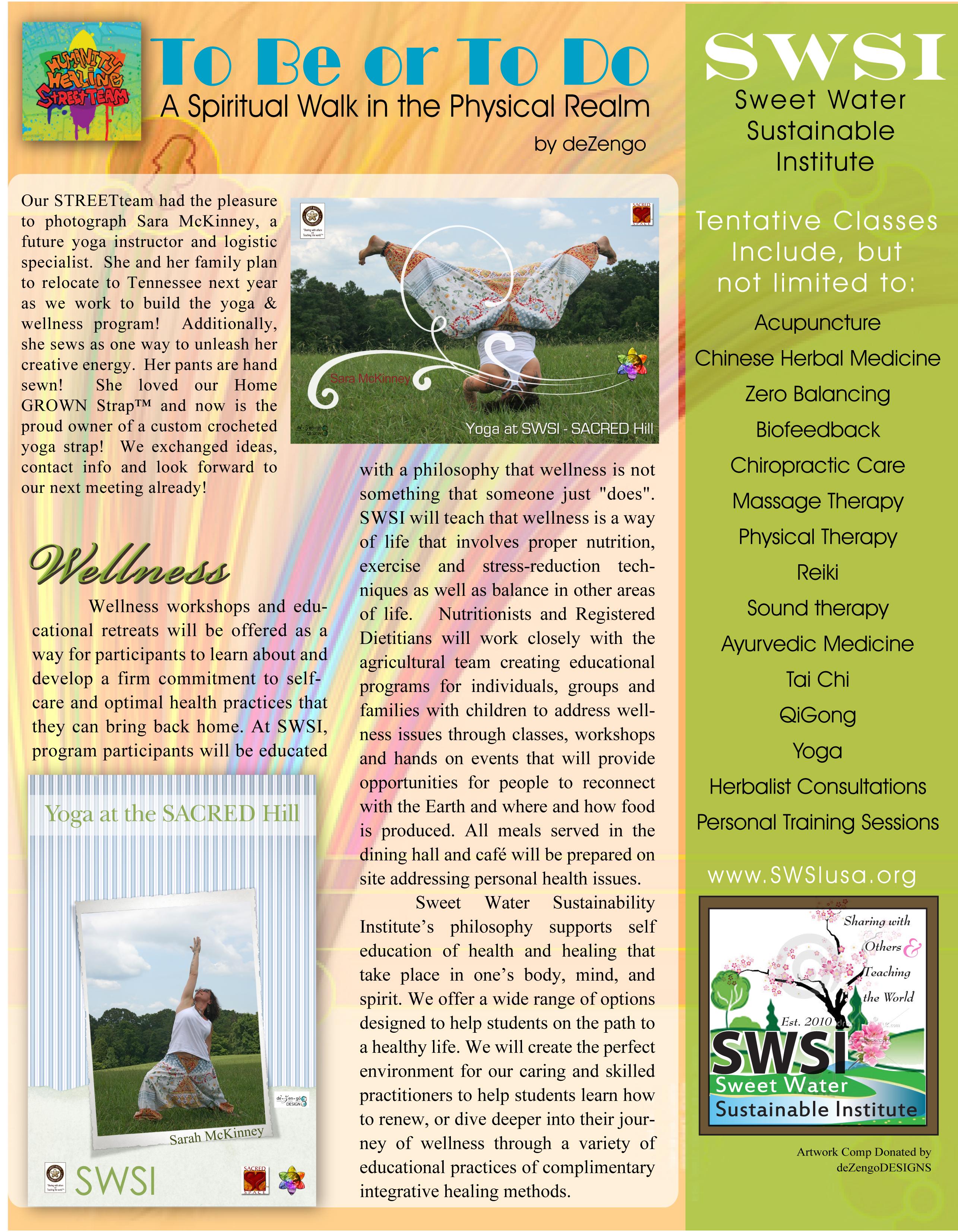In today’s fast-paced world, stress has become an almost inevitable part of our daily lives, affecting our mental and physical well-being. While the search for effective stress management techniques continues, biofeedback emerges as a promising tool that empowers individuals to regain control over their stress responses. This article delves into the benefits of biofeedback for stress management, offering an empathetic exploration of how this innovative technique can help you cultivate a sense of calm and resilience. By understanding the intricate connection between mind and body, biofeedback provides you with the insights and skills needed to navigate stress with confidence and clarity. Join us as we explore how this method can transform your approach to stress, enhancing your overall quality of life.
Understanding Biofeedback and Its Role in Stress Reduction
Biofeedback is a fascinating and empowering technique that allows individuals to gain greater awareness and control over physiological functions, many of which are typically involuntary. By using electronic monitoring devices, biofeedback provides real-time feedback about bodily processes such as heart rate, muscle tension, and skin temperature. This awareness can be particularly beneficial in stress management, as it helps individuals understand how their bodies respond to stress and develop strategies to manage these responses more effectively.
- Heart Rate Variability (HRV): Learning to regulate HRV can improve resilience to stress.
- Muscle Relaxation: Identifying and reducing muscle tension can alleviate physical symptoms of stress.
- Breathing Techniques: Controlled breathing can promote calmness and reduce anxiety.
| Biofeedback Method | Targeted Stress Response |
|---|---|
| Electromyography (EMG) | Muscle Tension |
| Thermal Biofeedback | Skin Temperature |
| Galvanic Skin Response (GSR) | Sweat Gland Activity |
By integrating biofeedback into a regular stress management routine, individuals can achieve a more balanced and harmonious state of being. The process is not only about managing stress in the moment but also about cultivating a deeper understanding of one’s physiological signals. This awareness fosters a proactive approach to stress, allowing individuals to anticipate and mitigate stressors before they escalate, ultimately leading to improved mental and physical well-being.

Exploring the Science Behind Biofeedback Techniques
At its core, biofeedback is a method that empowers individuals by providing real-time data about physiological functions. By using sensors that track heart rate, muscle tension, skin temperature, and even brain waves, individuals can gain insights into how their bodies respond to stress. This data is then used to develop techniques for managing these responses effectively. The science behind this technique is grounded in the understanding that the body and mind are interconnected, and by learning to control physiological processes, one can influence emotional and mental states.
Key Components of Biofeedback:
- Heart Rate Variability (HRV): Monitoring HRV helps individuals understand how their heart rate changes with breathing patterns and stress levels.
- Electromyography (EMG): This measures muscle tension, helping individuals become aware of stress-induced muscle tightness.
- Thermal Biofeedback: Tracks skin temperature changes, which can indicate stress levels and relaxation.
| Technique | Benefits |
|---|---|
| Heart Rate Monitoring | Enhances emotional regulation |
| Muscle Relaxation | Reduces physical tension |
| Temperature Control | Promotes calmness |
Biofeedback’s effectiveness lies in its ability to transform involuntary physiological responses into manageable actions. By using this technique, individuals can develop a greater sense of self-awareness and control, paving the way for improved stress management and overall well-being. The journey may be challenging, but the empowerment it offers makes it a worthy pursuit.

Practical Biofeedback Exercises to Incorporate into Daily Life
- Deep Breathing with Feedback Devices: One of the simplest biofeedback exercises is integrating deep breathing with a feedback device. These devices can help you visualize your breath patterns and make real-time adjustments. Start by inhaling deeply through your nose for a count of four, hold for four, and exhale through your mouth for four. Use the device to monitor your heart rate variability and aim to find a rhythm that promotes relaxation.
- Progressive Muscle Relaxation (PMR): This exercise involves tensing and then relaxing different muscle groups in the body. Begin with your toes and work your way up to your head. A biofeedback device can help you track changes in muscle tension and learn to release stress more effectively. With practice, you’ll become adept at identifying areas of tension and consciously relaxing them.
- Meditation with Heart Rate Monitoring: Combine mindfulness meditation with a heart rate monitor to track how your heart rate responds to relaxation. Find a quiet space, close your eyes, and focus on your breath. As you meditate, use the monitor to observe changes in your heart rate and adjust your focus to deepen your relaxation.
| Exercise | Benefit |
|---|---|
| Deep Breathing | Improves heart rate variability |
| Progressive Muscle Relaxation | Reduces muscle tension |
| Meditation | Enhances emotional regulation |
Incorporating these exercises into your daily routine can make a significant impact on your stress levels. By using biofeedback tools, you gain a deeper understanding of your body’s responses and learn how to manage them effectively. Remember, consistency is key, and over time, these practices can lead to profound changes in your stress management capabilities.

Personalizing Your Biofeedback Approach for Optimal Stress Relief
In the journey of mastering stress relief through biofeedback, tailoring your approach to fit your unique needs is key. Personalizing your biofeedback experience can amplify its benefits, ensuring that you gain the most from this innovative technique. Consider the following strategies to enhance your practice:
- Identify Your Stress Triggers: Keep a journal of your stress patterns. What situations or thoughts spike your stress levels? Recognizing these triggers can help you focus your biofeedback sessions on the most impactful areas.
- Select the Right Tools: Biofeedback devices come in various forms, from wearables to software applications. Choose a tool that resonates with you, one that you find easy to use and understand.
- Set Realistic Goals: Establish clear, achievable objectives for your biofeedback practice. Whether it’s reducing anxiety before public speaking or improving sleep quality, having specific goals can keep you motivated and track your progress.
For a more structured approach, you can consider using a personalized biofeedback plan. Here’s a simple example:
| Week | Focus | Goal |
|---|---|---|
| 1 | Breathing Techniques | Master deep breathing to reduce stress by 20% |
| 2 | Heart Rate Variability | Increase HRV awareness during stressful events |
| 3 | Muscle Relaxation | Achieve full relaxation in less than 10 minutes |
Remember, personalization in biofeedback is about understanding your body’s unique signals and responses. By tailoring your approach, you not only make the practice more effective but also more enjoyable and sustainable in the long term.








































